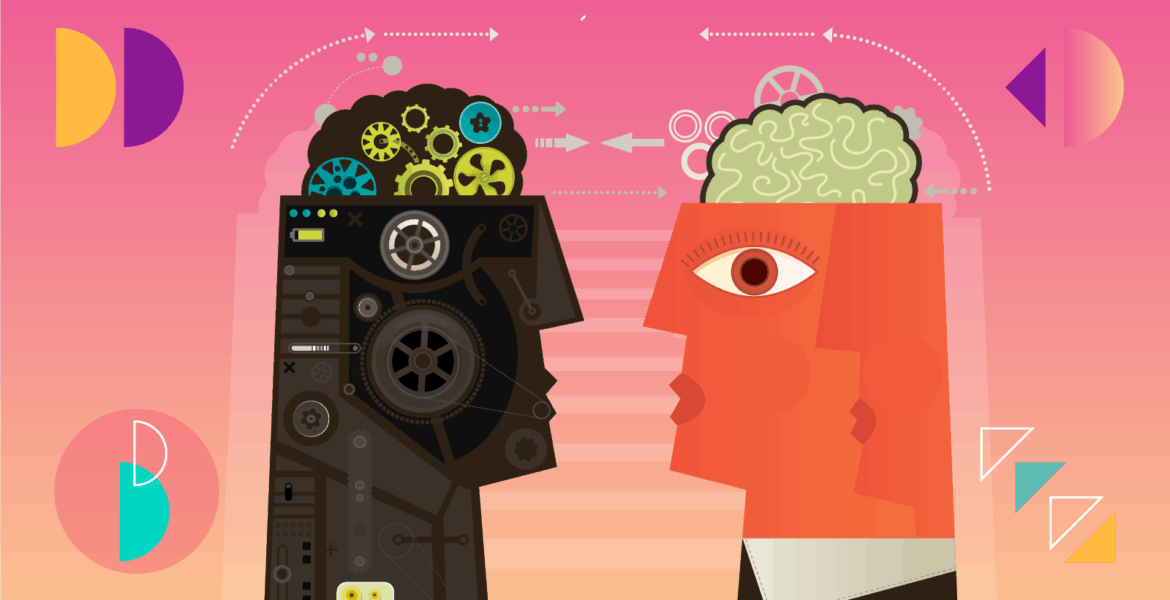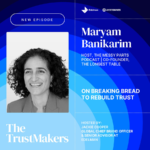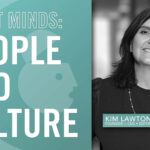By Brittany Spicer, Associate Vice President Ad Design at Kargo
AI brings incredible opportunity to the creative process within advertising, and not just the unbelievable AI-generated videos of lions surfing on motorcycles that have gone viral on social media. AI is a lever for creativity, concept brainstorming, and automation. Personalization, commerce strategies, and bold visuals all become easier to produce and test. AI also allows advertisers with small budgets to generate beautiful creative, including video, which was previously out of reach. Creative teams can make their visions a reality in a fraction of the time with AI, if leveraged properly.
AI-powered tools have already started to transform advertising in a number of ways, such as increasing the relevance of an ad and making creative more engaging, memorable, and beautiful. While AI is a powerful tool, it does require actual (human) hands to work. AI is not an all-knowing being – it’s a technology, and it requires the expertise and emotions of real people to realize its true potential.
AI On Its Own Is Not a Creative Strategy
Everyone wants to incorporate AI into their advertising and creative processes, and for good reasons. It reduces costs, increases scale, opens up new opportunities for targeting, and improves visuals. Because of the breadth of what AI can do, it’s transforming our industry. This is not a “shiny object” that will be discounted in a year or two.
However, even a transformative technology is still just that – a technology, not a strategy that can stand on its own. Advertisers and agencies need to consider exactly how AI can fit into their vision of the future in a way that feels authentic to their business, rather than adopting a half-baked AI strategy and hoping for the best.
A strategy for a creative team may be to evolve their output by including more video that captures the attention of Gen Z and Gen Alpha. They may also choose to take advantage of new creative formats like interactive CTV, full page takeovers, or social commerce. These strategies absolutely can be fed and improved by AI, but they are bigger than AI and need the guiding hands of business leaders and professional designers to succeed.
Incorporating the Human Element Is the Key to Success
There are a lot of people who are already predicting that creative teams will be gutted and replaced by AI, but doing so would be shortsighted and a bit irresponsible. Sure, low-level tasks like reformatting banners and simple photo editing can be automated – I certainly didn’t go to design school with a vision of monotonously resizing thousands of tiny rectangles, and neither did any other creative I know. But, many other parts of the creative process are still best left in the hands of real people, those who weren’t just trained and experienced on the job, but people with creative minds filled with unique ideas, inductive reasoning, humor, emotions, and everything else that makes us human.
Here are just a few examples of why it is important to have a human-centered creative strategy supported by AI:
- The most effective ad creative brings something new: Great creative doesn’t just stop at rehashing old themes, it comes up with brand new ideas. Think of the iconic Apple iPod ads of the early 2000s, or Skittles’ “Taste the Rainbow”, or even “Michael CeraVe.” Human brains are much better at coming up with new ideas. AI is good at taking those ideas and stretching them into something bigger.
- People are multidimensional, AI is not: People have vastly different cultures, life experiences, likes and dislikes, senses of humor, and perspectives. The world is better for that (usually!). AI can’t homogenize or reduce humanity into the giant set of data that’s trained on. When it tries, the result can feel stale, robotic, and lacking a human touch.
- AI is often inaccurate: Forget the unbelievable images of surfing lions, AI makes mistakes. While accuracy has continued to improve, AI still generates images of people with half a necklace or eight fingers on one hand. It can make assumptions based on fake content and “hallucinate” when it doesn’t have enough information. It’s also been known to generate offensive or historically inaccurate outputs. When AI struggles to get it right, moderation and regeneration can actually take up more time than if just completed manually. Brands should consider all of this before implementing an AI-focused creative strategy.
- People can temper polarization: AI doesn’t fully understand how to navigate sensitive topics. People understand people, what makes them tick, and what resonates in the current moment (or doesn’t). We don’t need an AI algorithm to make current landscapes worse or deepen misunderstandings amongst humans. We need people to bring people together.
Teamwork Makes the Dream Work
AI-powered strategies are here to stay, and it will disrupt our industry in a number of ways, including replacing some jobs. However, this is another moment where our industry will continue to grow and evolve along with technical innovations, just like our creative practices have evolved since the beginning of advertising. Like every other technology innovation before it, AI will replace time consuming and repetitive work, but it will also grow our industry and create new work opportunities. Creative teams should think about where they want to be when that happens, because it’s going to happen fast.
Audiences have a very small tolerance for mediocrity, which is why banner blindness is so high – only the very best messages break through the clutter. The combination of AI innovation and human creative expertise is the future, and we’re smarter to create a strategy that embraces that now, rather than be unprepared as this new world unfolds.











